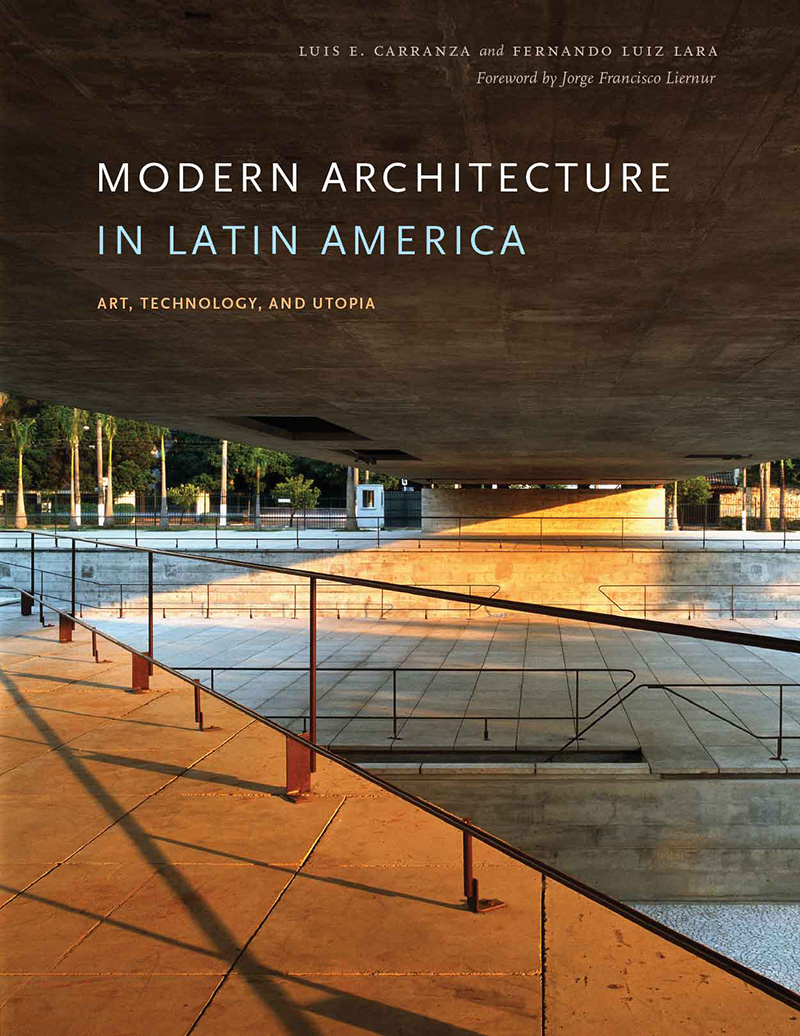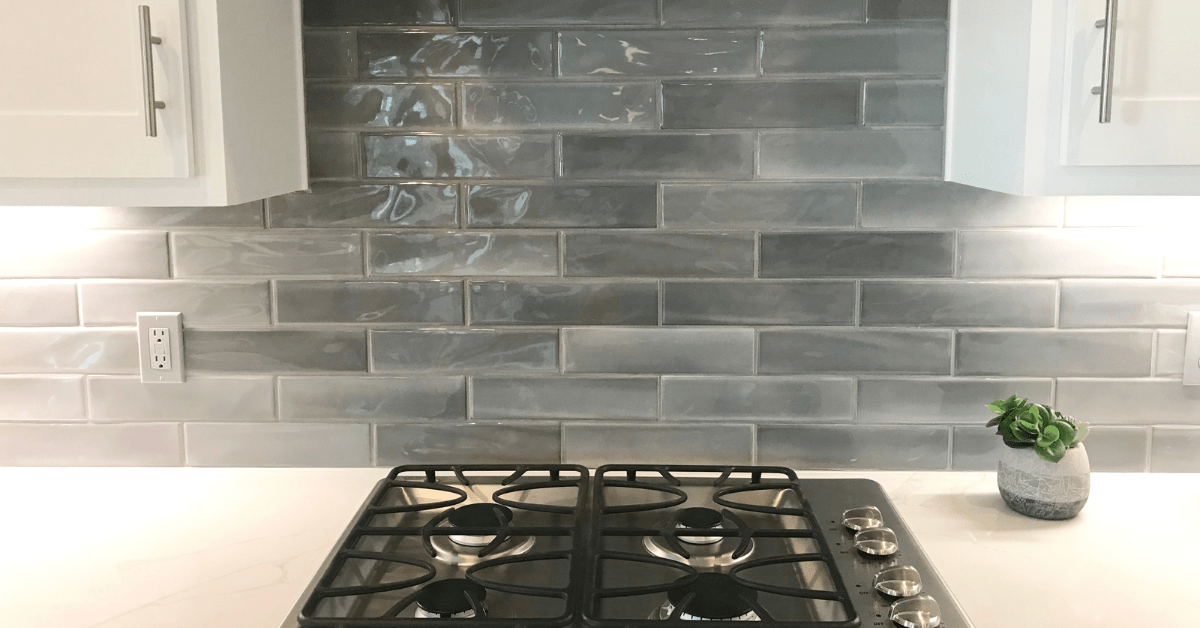Book Review: Modern Architecture in Latin America

Modern Architecture in Latin America: Art, Technology, and Utopia by Luis E. Carranza and Fernando Luiz Lara
University of Texas Press, 2015
Paperback, 406 pages
Like many people in the northern hemisphere, I have a big hole in my architectural education when it comes to Latin America. From recollection, history classes in undergraduate architecture school focused on the work of European architects, such as Le Corbusier, developing plans for the South American continent and Brasilia, which was presented as a playground of architectural forms but an urban planning nightmare. Grad school a decade later changed things for me, since I spent two semesters with my classmates on a project located in Ecuador, with a one-week trip that was my first to visit to the continent. Since then I've tried to fill this void as much as possible, something that isn't so hard given websites like ArchDaily promoting South American contemporary architecture, and shows like MoMA's Latin America in Construction earlier this year that echo a newfound interest in the area's modern architecture.
Modern Architecture in Latin America is a highly recommended book for anybody looking to fill any similar gaps in their knowledge. The hefty, well-illustrated book is structured as a timeline of 100 years of Latin American architecture and urbanism, from 1903 to 2002. Each entry is tagged with the appropriate area from the book's subtitle (A=Art, T=Technology, U=Utopia) as well as a two-letter designation f...
| -------------------------------- |
| MARQUESINA. Vocabulario arquitectónico. |
|
|












